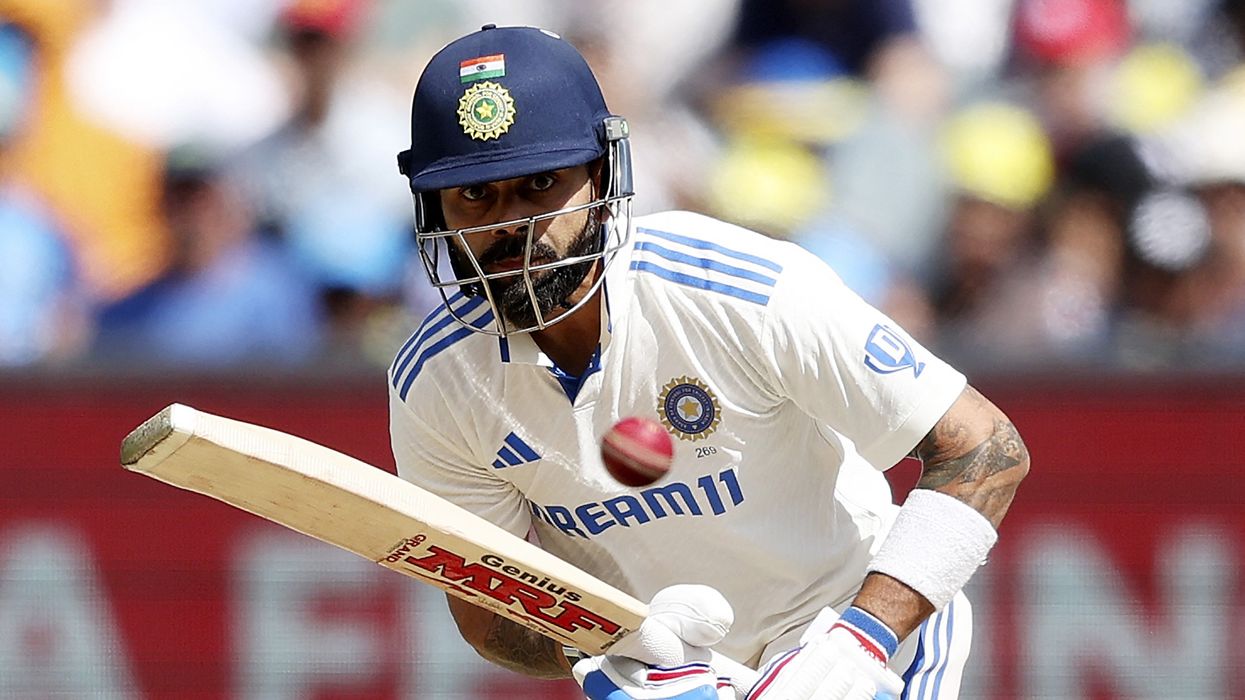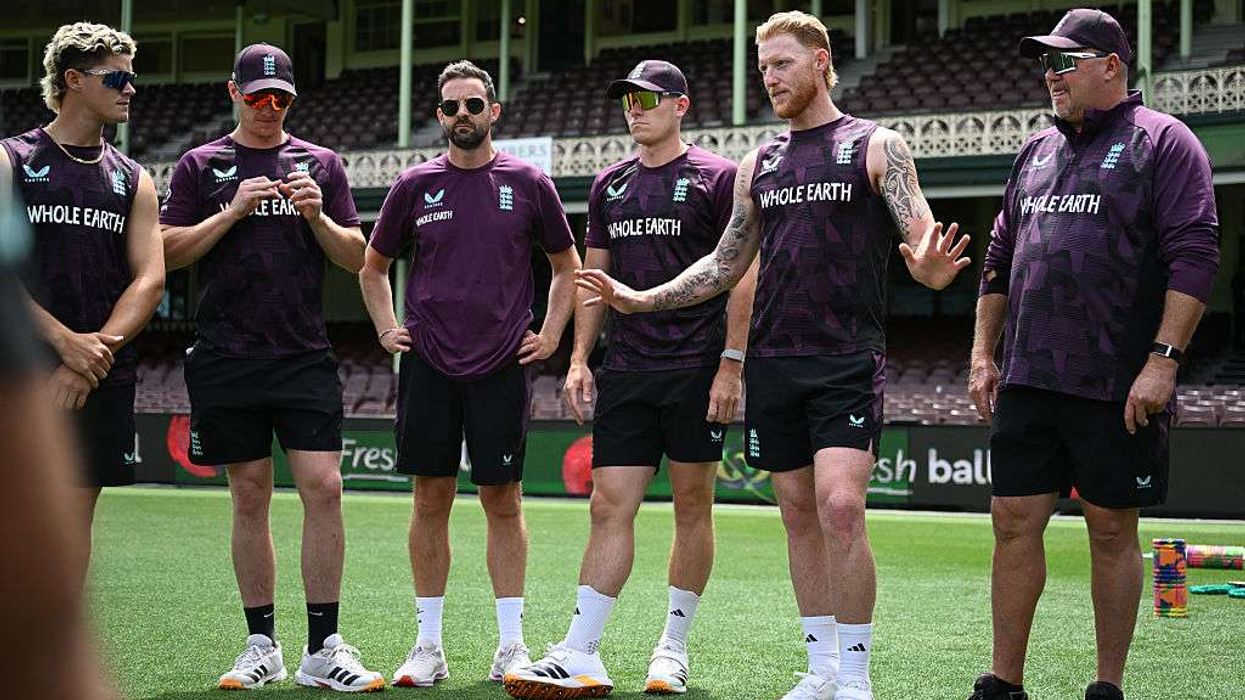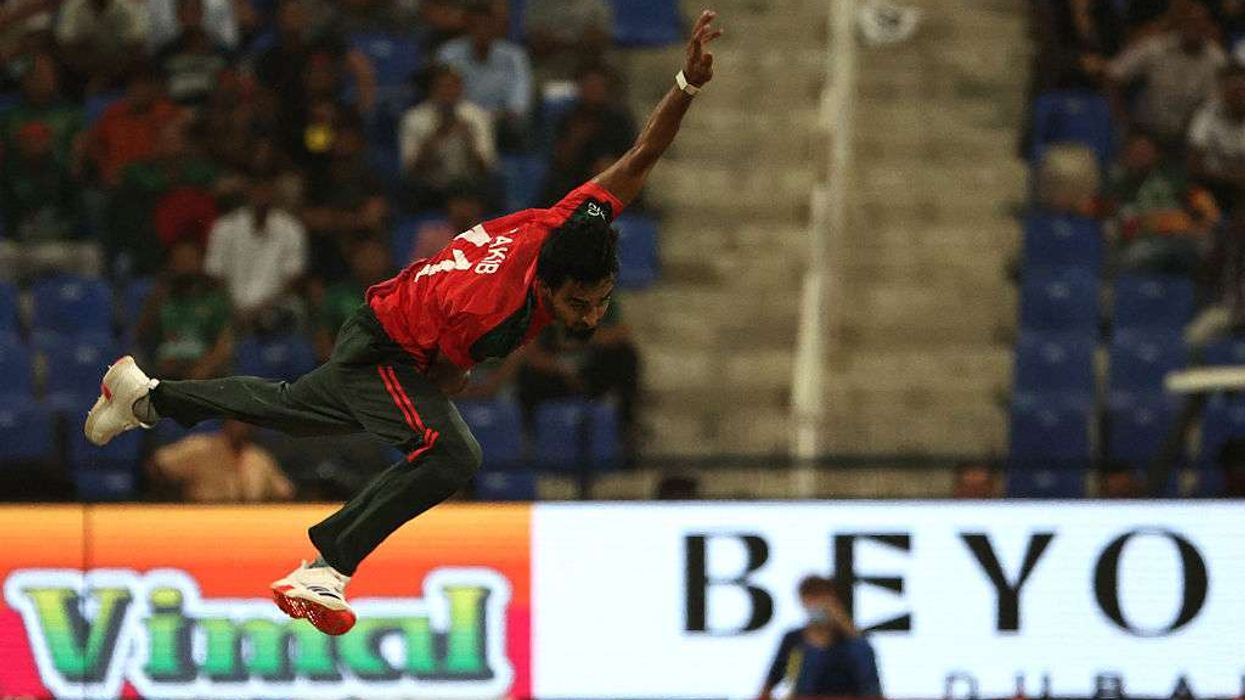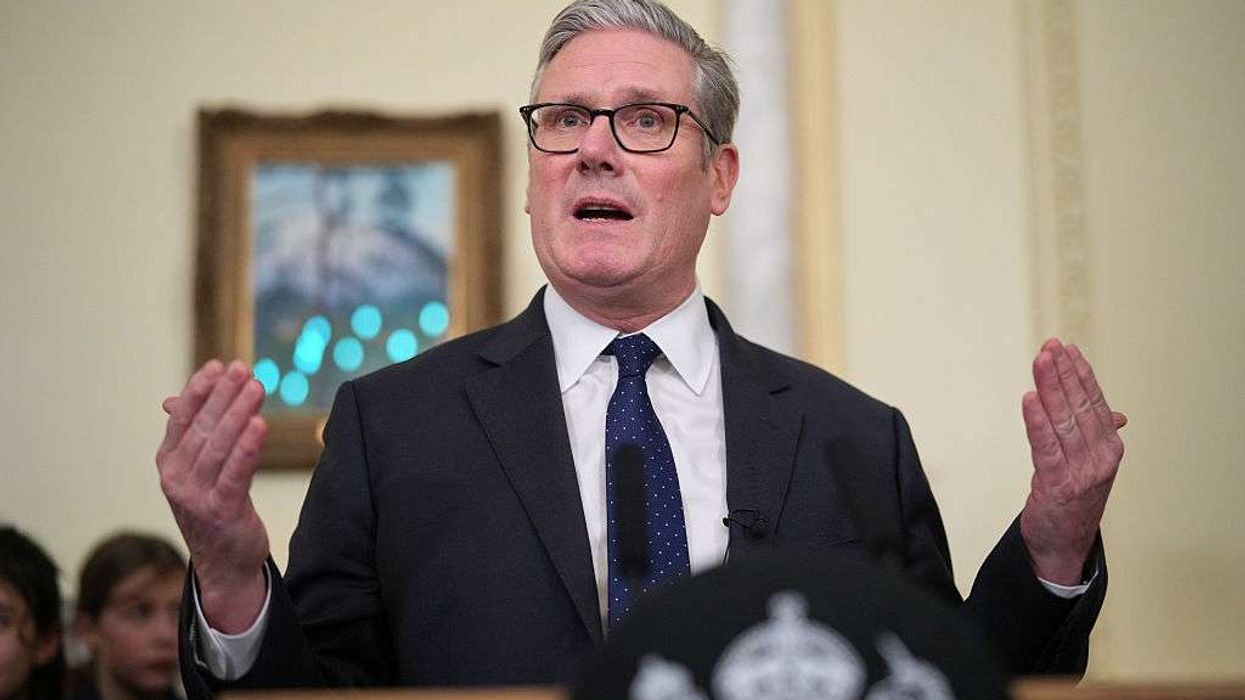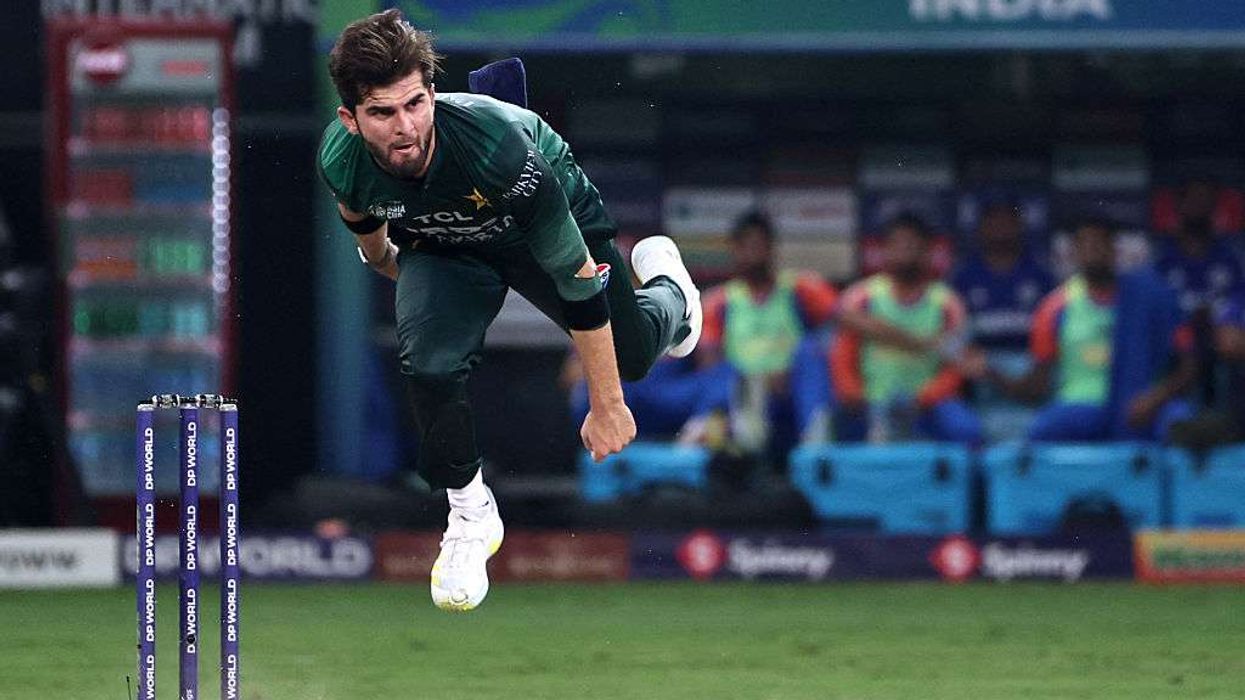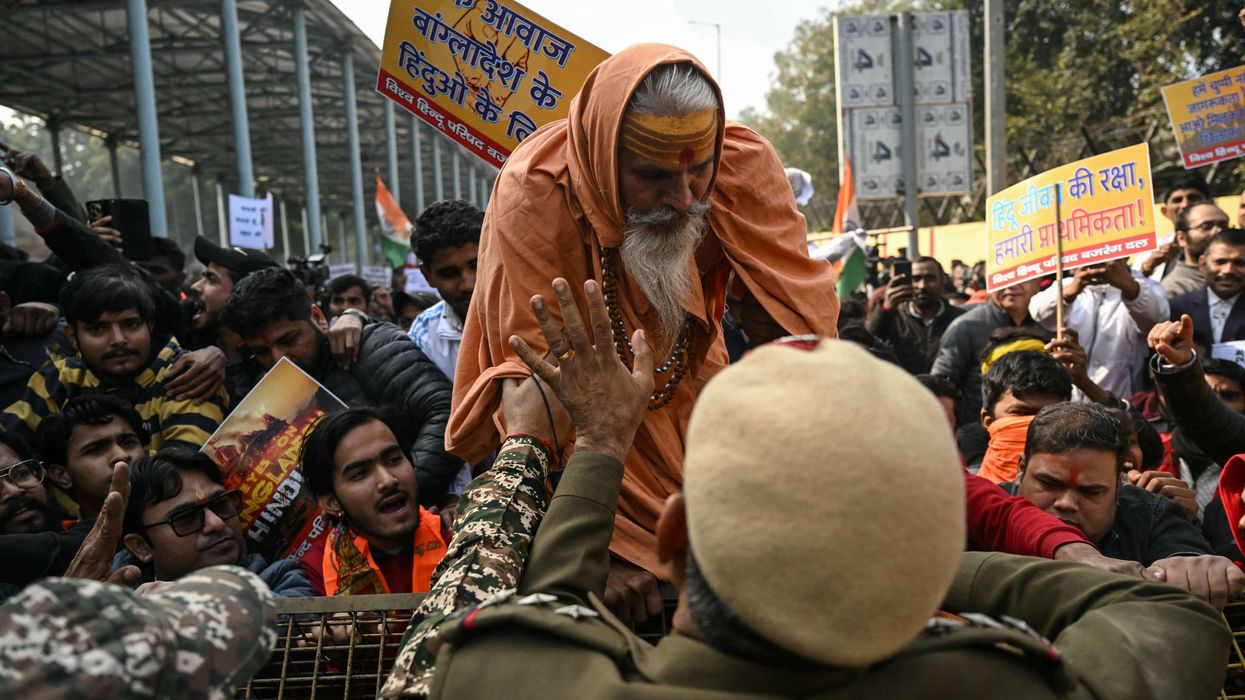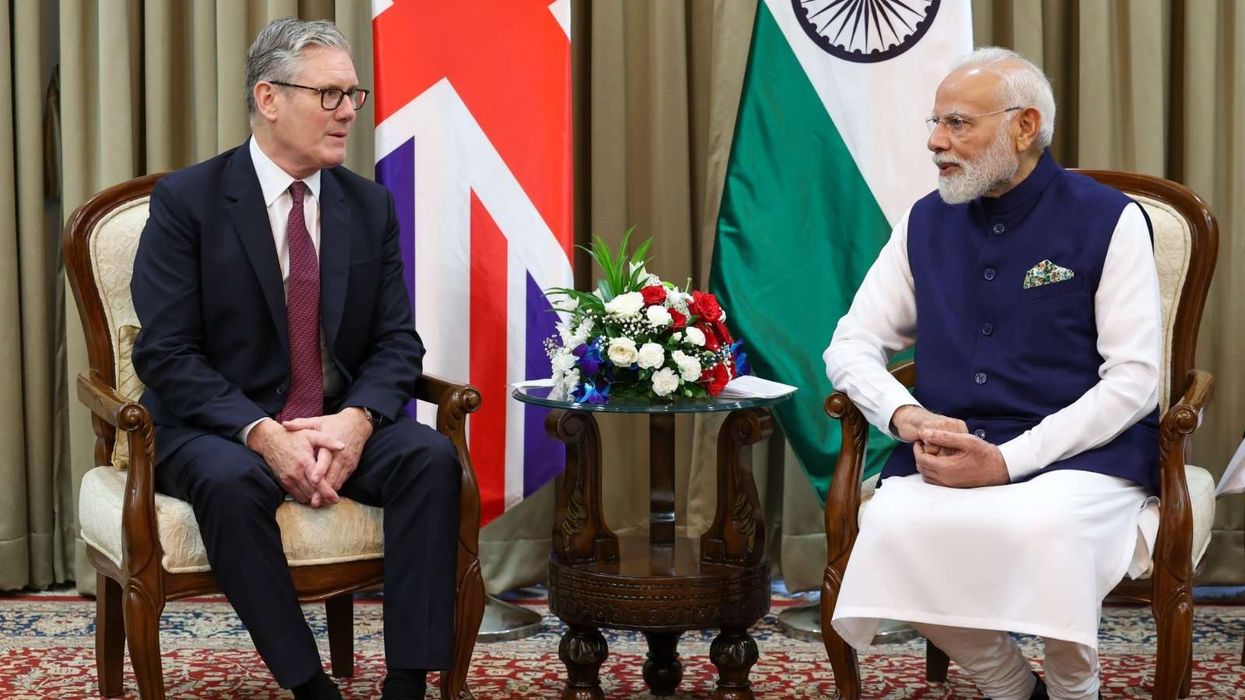VIRAT KOHLI announced his retirement from Test cricket with immediate effect on Monday, just days before India are set to name their squad for the upcoming tour of England.
Kohli made the announcement on Instagram, five days after India captain Rohit Sharma retired from the format. The 36-year-old played 123 Tests, scoring 9,230 runs at an average of 46.85.
Since making his debut in 2011, Kohli hit 30 centuries and 31 half-centuries, with a highest score of 254 not out. He mostly batted at number four in the order.
"It's been 14 years since I first wore the baggy blue in Test cricket," Kohli wrote on Instagram, where he has 271 million followers.
"Honestly, I never imagined the journey this format would take me on. It's tested me, shaped me, and taught me lessons I'll carry for life.
"As I step away from this format, it's not easy -- but it feels right. I've given it everything I had, and it's given me back so much more than I could've hoped for."
ALSO READ: Rohit Sharma announces retirement from Test cricket
Kohli was India’s most successful Test captain, winning 40 matches and losing 17 out of 68. He stepped down as captain in 2022. Mahendra Singh Dhoni won 27 Tests from 60, while Sourav Ganguly had 21 wins from 49.
"I'm walking away with a heart full of gratitude -- for the game, for the people I shared the field with, and for every single person who made me feel seen along the way," Kohli said.
"I'll always look back at my Test career with a smile."
Kohli's form in Test cricket had declined in recent years. After averaging close to 55 from 2011 to 2019, his average dropped to 32.56 over the last two years.
Kohli last played a Test in January in Sydney, where India lost to Australia and the series 3-1. In the five-match series, he scored just 90 runs from eight innings, apart from an unbeaten century in the first Test in Perth.
He was part of the "Fab Four" of modern-day Test batters, along with Steve Smith, Kane Williamson, and Joe Root.
Kohli had already retired from Twenty20 cricket last year after playing a key role in India's World Cup win in Barbados. Rohit Sharma also stepped away from T20s after the same match.
Kohli’s Test retirement post received over six million likes and more than half a million comments within an hour, as fans and cricketers reacted to the news.
India coach Gautam Gambhir posted on X: "A man with lion's passion!" and added, "Will miss u cheeks...".
Former India batter Sanjay Manjrekar wrote: "Biggest brand of the modern cricket era who gave it all for cricket's oldest format. Test cricket owes that debt to Virat Kohli."
Commentator Harsha Bhogle said: "I would have liked to see #ViratKohli go out of Test cricket before a packed stadium. But since that is not to be, let us applaud him wherever we are.
"He told a generation weaned on T20 cricket that Test cricket is cool and aspirational. And for that, the game owes him big time."
India's squad for the five-Test series in England is expected to be announced next week. The first match begins on June 20 in Leeds.
(With inputs from AFP)
